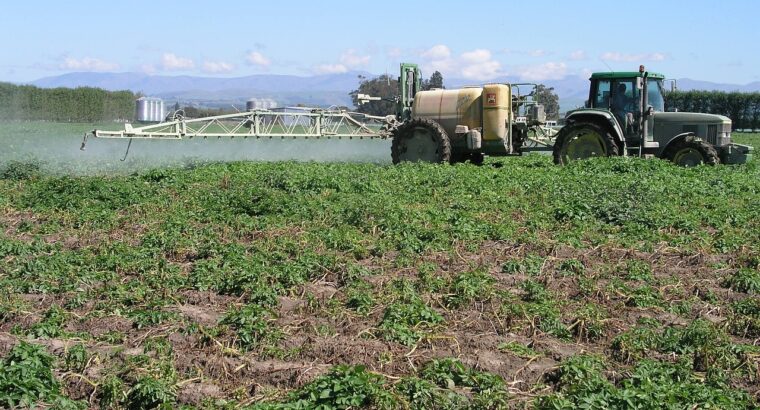Pre-seeding herbicide burn-off
Pre-seeding herbicide burn off is a practice used in agriculture to control weeds before planting crops. This involves the use of herbicides to kill existing weeds and vegetation, which helps to create a weed-free seedbed for planting
Pre-seed burno ff is an effective method for removing perennial and winter annuals weeds that grow quickly and consume moisture and nutrients.
The burn off process typically involves applying herbicides to the soil several weeks before planting. This allows the herbicides to work their way into the soil and kill the weeds and other vegetation. The dead plant material is then left to dry out and decompose, which helps to create a clean and weed-free seedbed.
There are some benefits and drawbacks of burn off
Benefits of pre-seeding herbicide burn off
Some of the benefits of pre-seeding herbicide burn off include:
- Weed control: Pre-seeding herbicide burn off can effectively control weeds, which can compete with crops for nutrients, water, and sunlight, and reduce crop yields. By controlling weeds before planting, farmers can reduce the need for post-emergent herbicides and manual weeding, which can be time-consuming and expensive.
- Improved crop emergence: By reducing competition from weeds, pre-seeding herbicide burn off can improve crop emergence and increase the likelihood of a uniform stand. This can lead to more even crop growth and higher yields.
- Enhanced soil moisture retention: By controlling weeds and reducing competition for water, pre-seeding herbicide burn off can help improve soil moisture retention. This can be especially beneficial in dry regions where water is a limited resource.
- Reduced soil erosion: By controlling weeds and leaving more residue on the soil surface, pre-seeding herbicide burn off can help reduce soil erosion caused by wind and water.
- Lower production costs: Pre-seeding herbicide burn off can help reduce the need for other weed control measures, such as manual weeding or post-emergent herbicides. This can help reduce production costs for farmers and increase profitability.
Overall, pre-seeding herbicide burn off can be an effective and environmentally-friendly way to control weeds and prepare soil for planting.
Potential drawbacks of Pre-seeding herbicide burn-off
Pre-seeding herbicide burn-off can have some potential drawbacks, including:
- Increased risk of herbicide resistance: Repeated use of herbicides can lead to the development of herbicide-resistant weeds, which can be difficult to control and can result in reduced crop yields.
- Environmental concerns: Herbicides can have negative impacts on the environment, including potential contamination of groundwater and harm to non-target species.
- Cost: Pre-seeding herbicide burn-off can be an expensive practice, particularly if multiple applications are required.
Timing and weather conditions
Pre-seeding herbicide burn-off must be timed carefully to ensure that the weeds are actively growing and can be effectively controlled. Weather conditions can also affect the efficacy of herbicides, making it more difficult to achieve desired results.
Lack of diversity
Relying solely on herbicides for weed control can lead to a lack of diversity in weed management practices, which can increase the risk of herbicide resistance and other issues over time.
it is important to carefully select the herbicide and application method to avoid damage to the soil and crops. It is also important to follow all safety guidelines and regulations when using herbicides.
Please contact your agronomist for more information about seeding time and rates.
You also might like
Fertilizers and fertility program
Crop rotation – effective tool to control pests, weeds and reduce expenses in crop production
Soil test – how to read soil analysis.
Low Maintenance Pets For Kids That Are Easy to Take Care Of


